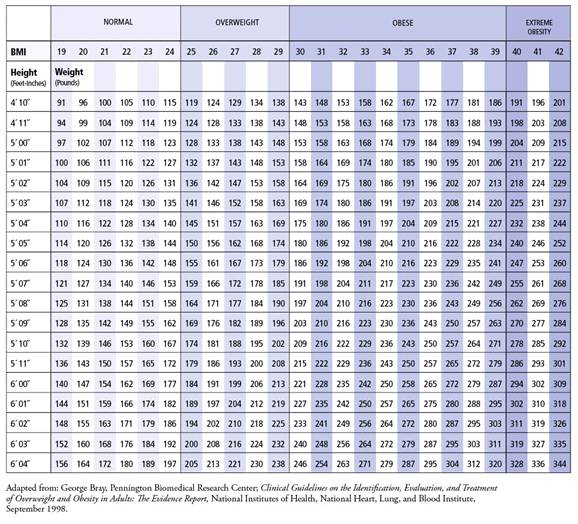Optimizing Your Weight
Millions of women follow diets, visit diet clubs, read weight-loss books, and look for low-calorie and low-fat foods when they visit the supermarket. We seem to be preoccupied with weight loss.

Why do we focus on weight so much?
We all have an inbuilt image of the “body beautiful” – a mind’s-eye projection of what it would be like to be “perfect”. I don’t’ think there’s a woman who comes into the clinic who wouldn’t change something about herself – a thinner waist, more toned arms, a smaller bottom, skinnier thighs, bigger eyes, or glossier hair. Partly, this is to do with the media, but not just today’s newspapers and magazines. Throughout modern history, painters and then photographers have captured beauty and held their images up as icons of perfection – visions we mere mortals should aspire to. In addition, fashion gurus have drawn our eye and attention not just to how to look but to what to wear. It’s been a bit of an obsession – often not a healthy one.
Medically, women are more likely than men to suffer from conditions such as an underactive thyroid and PCOS, which can lead to weight problems. We’re also more likely to lose weight as a result of an eating disorder. Any medically triggered weight problem needs help from your doctor – to balance hormones in the case of thyroid and PCOS and to seek counseling if you suffer from anorexia, bulimia, or other eating problems. These conditions can have serious consequences for organ function. The truth is that beauty is about being healthy. Once you’re healthy, your skin glows, your hair shines, your eyes sparkle, and your weight optimizes. You’ll feel perfect, regardless what any modern “ideal” seems to be.
What should you weight?
Height and weight tables are unreliable methods of assessing a healthy weight. You should be asked to check your BMI – body mass index. Although this is a standard measure of whether your weight is right for your height, it really is just a ratio of height to weight and doesn’t tell you how much body fat you’re carrying. So, for example, you could have a completely sedentary lifestyle and weigh the same as an athlete. You’d have the same BMI score, but you’d have completely different percentages of body fat, and you’d be considerably less healthy. A rugby player, who’s made almost entirely of muscle, might find himself in the obese category on a BMI chart, even though he has very little body fat and is, in fact, perfectly healthy.
However, if you don’t’ have access to scales that can calculate your percentage of body fat, your BMI is the next-best tool at hand. It will give you some indication of whether or not you need to lose or gain weight. Then, just try to be honest with yourself as to whether that weight is made up of fat or muscle.
How to calculate your body mass index (BMI)
Use this chart to give yourself a rough idea of whether or not you need to lose weight. Calculate your BMI by multiplying your weight in pounds by 703, then dividing that number by the square of your height in inches. So, if your weight is 140lb, and you 5ft. 6in., your BMI is 140 x 703 / 662 = 22.5.
A BMI score of less than 18.5 indicates that you’re underweight for your height; 18.6-24.9 represents normal weight for your height; 25-29.9 is an overweight reading; 30-39.9 is obese; and 40 or more is dangerously obese (meaning that this level of weight is putting your health dangerously at risk of heart disease and diabetes).

Body-Fat Scales
In view of the fact that a BMI reading is really only one indicator of your health, you can now buy scales that not only give you your weight, but can also give you a measurement of your body-fat percentage. While you stand on the scale, a small electric current passes through your feet. The current takes longer to travel through fat than it does to travel through muscle, so the speed at which this impulse makes it through your body enables the machine to calculate how much fat you carry.

